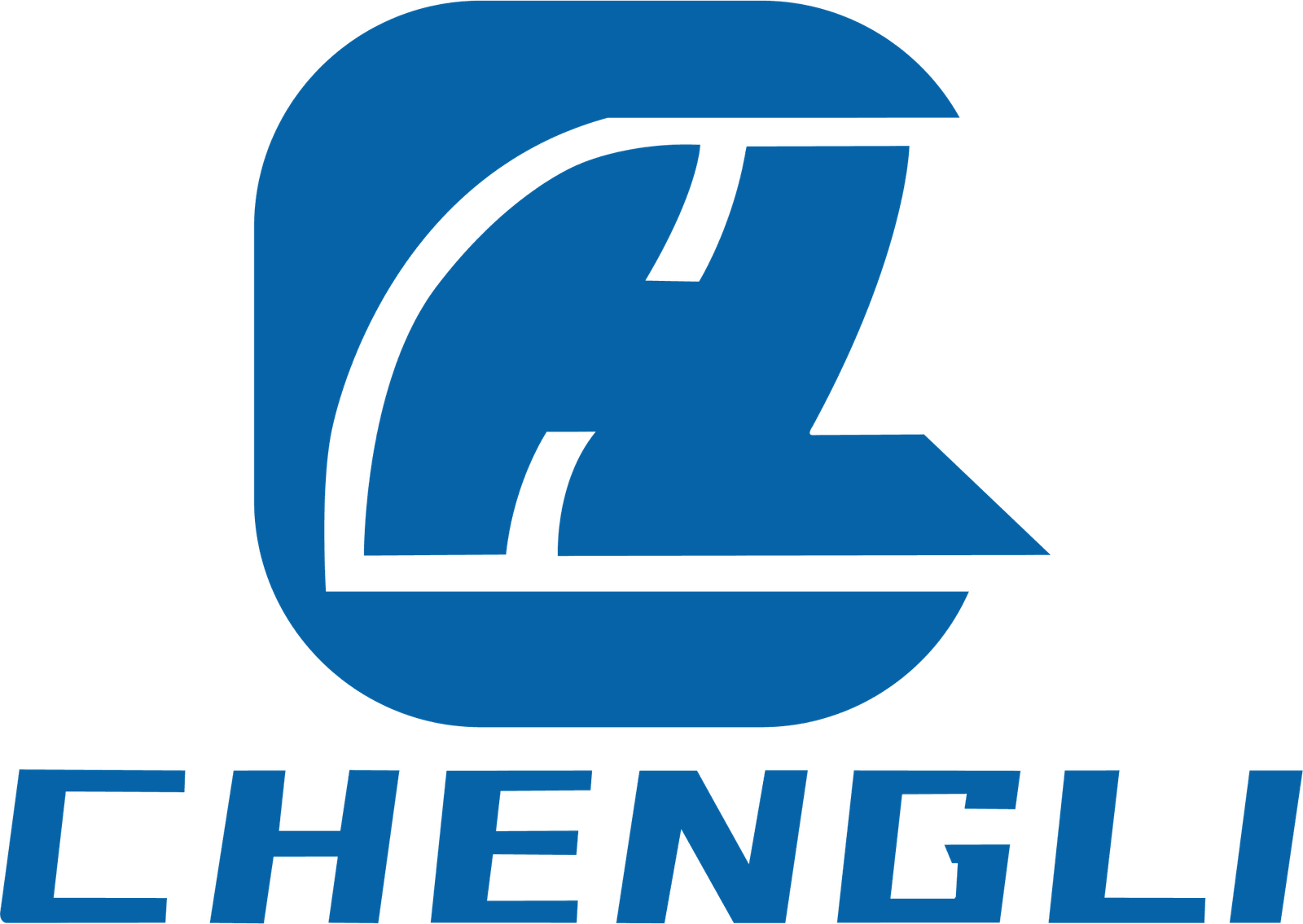Wire Harness Recycling Success Story: 90% Material Reuse Achieved
Introduction
As the automotive and electronics industries grow, so does the global volume of wire harness waste¡ªcomprised of copper, Aluminium, plastic insulation, Anschlüsse, and coatings. Historically difficult to recycle, wire harnesses often ended up in landfills or were exported to developing nations for informal and hazardous processing. But a major turnaround is happening. In 2024, a collaborative initiative between Toyota, Stena Recycling, and Japanese supplier Yazaki achieved a landmark: a 90% material reuse rate for end-of-life vehicle harnesses. This is a breakthrough in sustainable manufacturing and circular supply chain design.
The Recycling Challenge
Wire harnesses are complex assemblies:
Hundreds of wires per vehicle
Multiple materials (metals, plastics, adhesives, tapes)
Many embedded connectors and heat-resistant components
Traditional mechanical shredding techniques are inefficient. Copper is recoverable, but insulation and small metal parts often go to waste or require burning¡ªreleasing harmful chemicals.
Breakthrough Technology and Processes
1. Automated Disassembly Systems
Toyota developed robotic disassembly units trained with AI to identify and extract harnesses from vehicle carcasses efficiently. This minimized contamination and damage during extraction, maintaining integrity of valuable parts.
2. Smart Sorting
Stena Recycling¡¯s advanced sensor sorting uses:
X-ray fluorescence (XRF) to identify copper vs. Aluminium
Near-infrared (NIR) imaging to detect insulation polymers
Eddy current separators for non-ferrous metals
3. Material Recovery
Copper and Aluminum: Melted and reprocessed into new conductors
Plastic Insulation: Cleaned and pelletized for use in dashboards and underbody panels
Anschlüsse: Certain types are refurbished for reuse in low-risk applications like industrial automation
Ergebnisse
90% Reuse Rate (up from 60% industry average)
2,000+ metric tons of copper recovered annually
Carbon emissions reduced by 8,700 tons/year (equivalent to removing 1,800 cars from the road)
Industry Implications
This project is now influencing European Union directives and UN sustainable development goals related to e-waste. Volvo, Ford, and Hyundai are reportedly evaluating similar programs.
Abschluss
Wire harness recycling has evolved from a fringe sustainability project to a scalable, profitable industrial process. By combining automation, material science, and circular economy thinking, the industry has proven that even the most complex waste can be turned into a resource.
